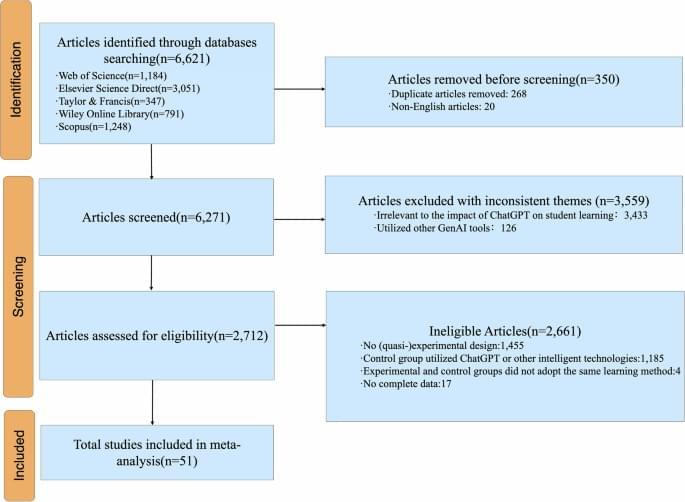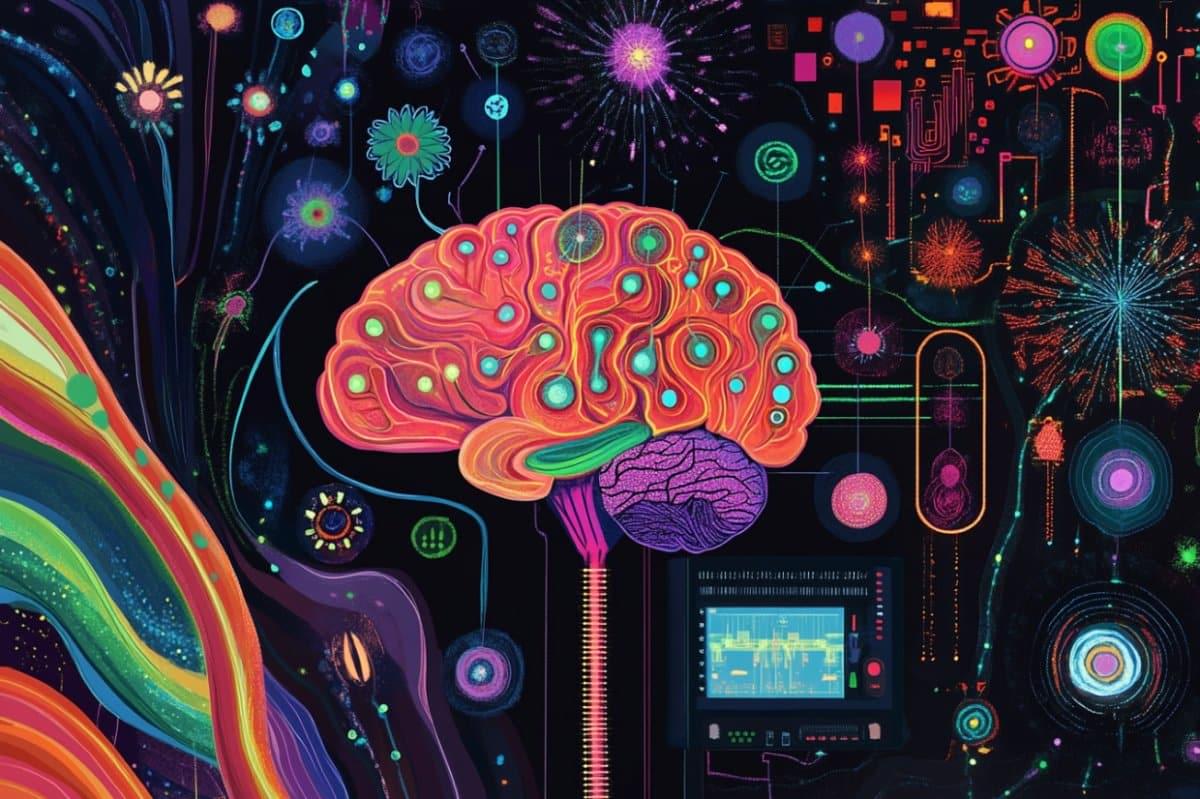Brighter with Herbert
Category: robotics/AI – Page 243

The effect of ChatGPT on students’ learning performance, learning perception, and higher-order thinking: insights from a meta-analysis
*An S, Zhang S, Guo T, Lu S, Zhang W, Cai Z (2025) Impacts of generative AI on student teachers’ task performance and collaborative knowledge construction process in mind mapping-based collaborative environment. Comput Educ 227. https://doi.org/10.1016/j.compedu.2024.105227.

“AI Is Coming for ALL Your Jobs” — Tech CEO’s Internal Memo Leaked
🤖💰🦾Bots coming for your job. David Shapiro explains it succinctly.
All my links: https://linktr.ee/daveshap.
00:00 — Chatbots Saturation.
05:39 — CEO Memo
US firm’s humanoid robot to perform welding in Korea’s shipbuilding
Persona AI’s humanoid robots will begin welding work in South Korean shipyards by 2027, aiming to boost safety and productivity.


Why the humanoid workforce is running late
Roboticists, from what I’ve seen, are normally a patient bunch. The first Roomba launched more than a decade after its conception, and it took more than 50 years to go from the first robotic arm ever to the millionth in production. Venture capitalists, on the other hand, are not known for such patience.
Perhaps that’s why Bank of America’s new prediction of widespread humanoid adoption was met with enthusiasm by investors but enormous skepticism by roboticists. Aaron Prather, a director at the robotics standards organization ASTM, said on Thursday that the projections were “wildly off-base.”
As we’ve covered before, humanoid hype is a cycle: One slick video raises the expectations of investors, which then incentivizes competitors to make even slicker videos. This makes it quite hard for anyone—a tech journalist, say—to peel back the curtain and find out how much impact humanoids are poised to have on the workforce. But I’ll do my darndest.

Robotic touch sensors are not just skin deep
Researchers at Northwestern University and Israel’s Tel Aviv University have overcome a major barrier to achieving a low-cost solution for advanced robotic touch. The authors argue that the problem that has been lurking in the margins of many papers about touch sensors lies in the robotic skin itself.
In the study, inexpensive silicon rubber composites used to make skin were observed to host an insulating layer on the top and bottom surfaces, which prevented direct electrical contact between the sensing polymer and the monitoring surface electrodes, making accurate and repeatable measurements virtually impossible. With the error eliminated, cheap robotic skins could allow robots to mimic human touch, allowing them to sense an object’s curves and edges, necessary to properly grasp it.
Researchers provide accurate, more reliable method to measure touch reception.
Researchers at Northwestern University and Israel’s Tel Aviv University have discovered a problem with robotic skin, that, once eliminated, could allow robots to better mimic human touch.

Introducing Anthropic’s AI for Science Program
Today, we’re launching Anthropic’s AI for Science program – a new initiative designed to accelerate scientific research and discovery through access to our API. This program will provide free API credits to support researchers working on high-impact scientific projects, with a particular focus on biology and life sciences applications.
Why AI for Science? At Anthropic, we believe that AI has the potential to significantly accelerate scientific progress. Advanced AI reasoning and language capabilities can help researchers analyze complex scientific data, generate hypotheses, design experiments, and communicate findings more effectively. By reducing the time and resources needed for scientific discovery, we can help address some of humanity’s most pressing challenges.
Anthropic is an AI safety and research company that’s working to build reliable, interpretable, and steerable AI systems.